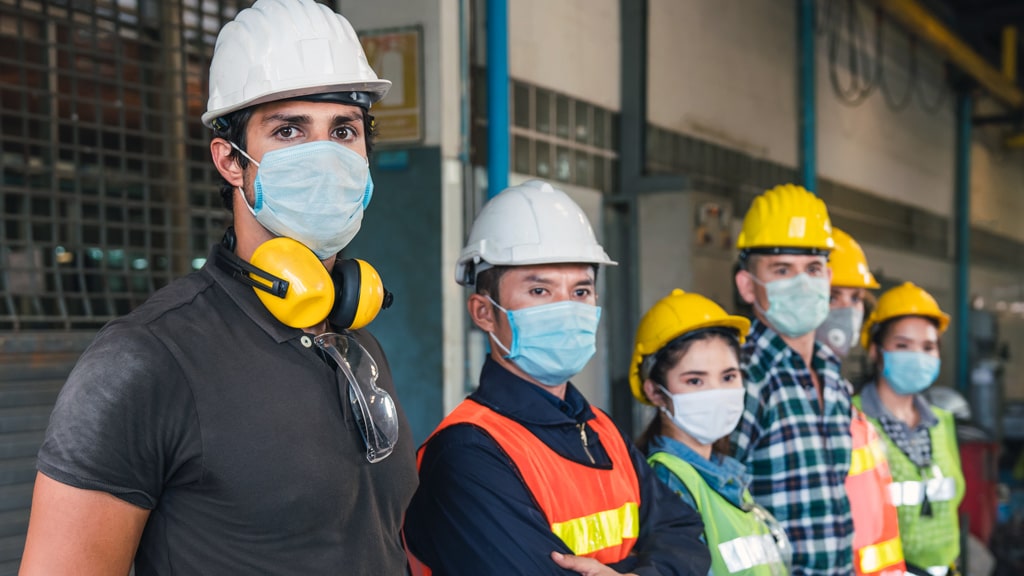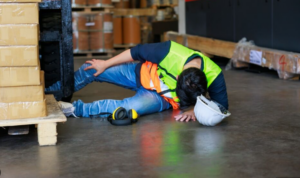Transmission of SARS-CoV-2 has occurred in a wide range of workplaces. Outside of healthcare facilities, COVID-19 outbreaks have been reported in workplaces with
- person-to-person contact
- Inadequate ventilation
- Common eating areas
- Shared work accommodation and shared travel to and from work
Several factors can contribute to SARS-CoV-2 transmission in the workplace including:
- occupation
- work environment
- factors outside work
- socio-demographics
- occupational factors
Health workers have the highest risk of SARS-CoV-2 infection, however, COVID-19 outbreaks have been described for other sectors such as:
- service and sales workers
- workers in education
- hospitality workers
- construction workers
- domestic workers
- meat-processing factory workers
- drivers and transportation workers
Occupations that allow for remote work have shown a lower risk of infection.
Work environment
Workplaces with person-to-person contact, inadequate ventilation and shared eating areas have reported higher rates of COVID-19. Outbreaks have been identified in a number of different work environments, among others
- office environment
- meat-processing facilities and other factories
- fitness centres
- Transportation (e.g ships)
- migrant work camps
Factors outside work
- Shared accommodation
- Commuting and work-related travel
- Social gathering of co-workers
Socio-demographic factors
Socio-demographic factors are associated with higher risk of occupational exposure to SARS-COV-2 and include:
- low-income
- female gender
- immigrant status
- increasing age
in the next post we will discuss about the ways of protecting workers from getting SARS-CoV-2 and the ways of reducing transmission at the work.











One Response
We absolutely love your blog and find many of your post’s to be just what I’m looking for.
can you offer guest writers to write content available for you?
I wouldn’t mind writing a post or elaborating on a number of the subjects
you write about here. Again, awesome site!